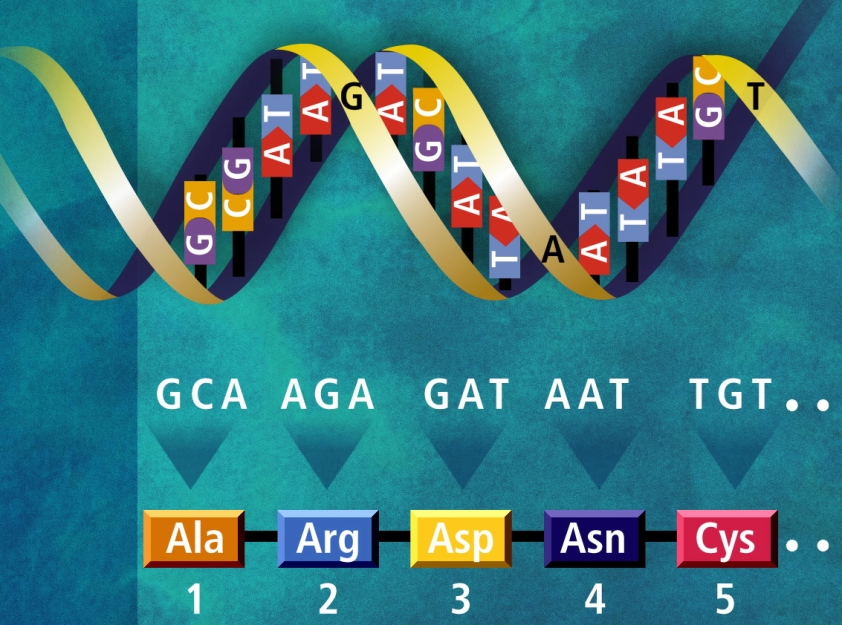Scientists have created bacteria that carries two extra synthetic ‘letters’ of the genetic code.
The genetic code is made from four bases, more commonly known as the ‘letters’, A, T, C and G. It is the order of these ‘letters’ that create the genetic blueprint for all life: DNA. Scientists have modified the bacteria, E. coli, so that it can carry two unnatural ‘letters’ in its DNA.
By adding the extra two ‘letters’, which are named X and Y, scientists have increased the number of combinations that the ‘letters’ could make. These additional combinations could potentially increase the number of biological functions this bacterium could do. The international team of scientists hope that this can lead to the creation of new classes of drugs to treat diseases.
In a standard cell, the four ‘letters’ of the genetic code tell the cell how to make proteins. Proteins are responsible for almost every function and structure within a cell. They repair and maintain the cell; they transport atoms and small molecules; and they make up an important part of your immune system.
By expanding the genetic alphabet from four to six ‘letters’ the potential number of proteins that could be synthesised dramatically increases, allowing for semisynthetic organisms that have new qualities not found anywhere in nature.
It had already been shown that semisynthetic organisms could be created. However, the ones that had been made were slow to replicate and regularly lost their unnatural ‘letters’. The new study has “made this semisynthetic organism more life-like,” according to Prof Romesberg, senior author of the study.
By modifying the existing version of the genetic ‘letter’ Y, the team created a semisynthetic organism that could hold on to the unnatural ‘letters’ X and Y for 60 generations. The scientists believe that the bacterium will keep the letters indefinitely. Making the DNA is still stable, even with the extra ‘letters’ in it.
“Your genome isn’t just stable for a day,” said Prof Romesberg. “Your genome has to be stable for the scale of your lifetime. If the semisynthetic organism is going to really be an organism, it has to be able to stably maintain that information.”
They managed to make the DNA stable by destroying the bacteria that lost the unnatural ‘letters’. Using CRISPR-Cas9 genome editing tool, the scientist could check the bacteria to see if they had retained X and Y. This tool can read specific parts of the DNA and can also add tags. If the bacteria had not kept X and Y, CRISPR-Cas9 marked them for destruction.
By destroying the unstable bacteria, only the stable bacteria could go on and replicate. By doing this, the scientist’s increased the chance that the replicated bacteria was stable.
“This science suggests that all of life’s processes can be subject to manipulation.” Said Prof Romesberg.
Being able to manipulate processes within cells will help us understand these processes and might be able to help cure diseases.
